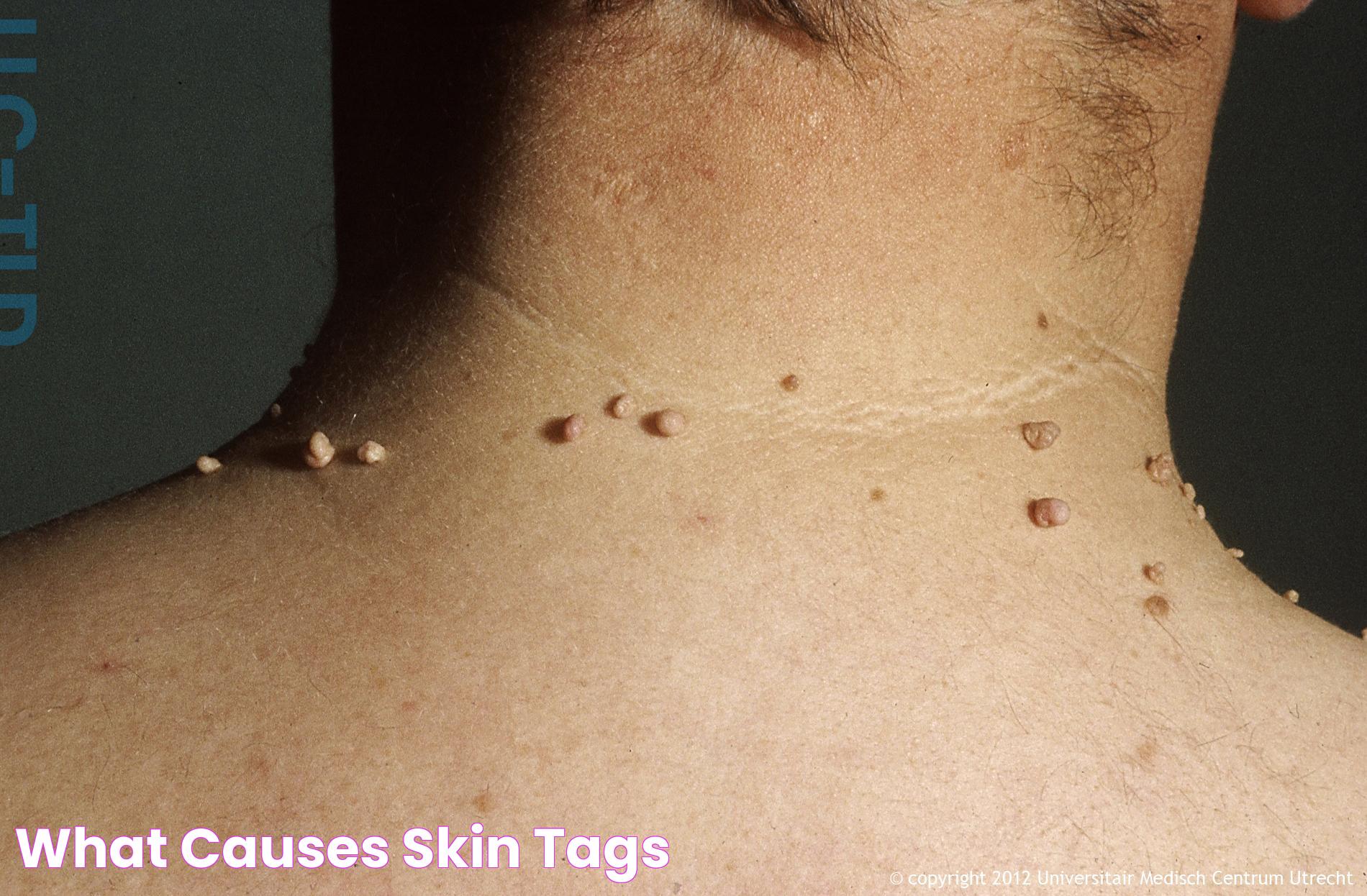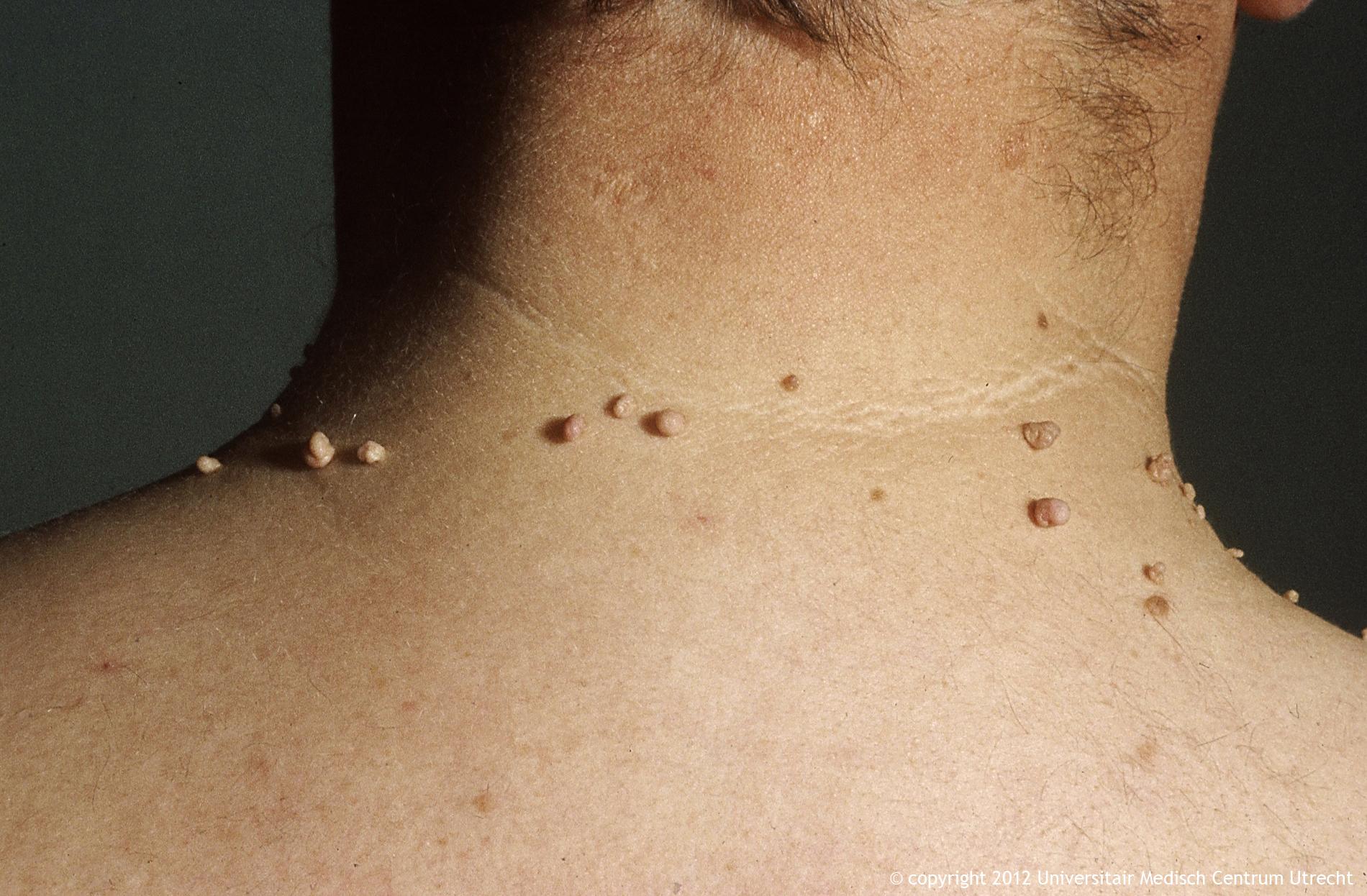Skin tags, medically known as acrochordons, are benign growths that often develop in areas where the skin folds or experiences friction. Although they are common, especially in adults, the exact cause of skin tags is not entirely understood. Factors such as genetics, weight, and hormonal changes are believed to play a significant role in their development. This article will delve into these potential causes, offering a detailed analysis of how they contribute to the formation of skin tags.
For those who have experienced the annoyance of skin tags, treatments and preventative measures are of utmost interest. From home remedies to medical procedures, various options are available to remove or reduce skin tags. Furthermore, understanding how to prevent skin tags from forming in the first place can be invaluable. Whether you're seeking to learn more about why you get skin tags or looking for effective solutions, this article will equip you with the knowledge you need to make informed decisions about your skin health.
Table of Contents
- What Are Skin Tags?
- Why Do You Get Skin Tags?
- Genetic Factors
- Impact of Obesity
- Hormonal Changes
- Are Skin Tags Contagious?
- Common Locations for Skin Tags
- Treatment Options for Skin Tags
- Home Remedies for Skin Tags
- Medical Procedures for Skin Tag Removal
- Preventing Skin Tags
- Lifestyle Changes to Reduce Skin Tags
- When to See a Doctor?
- Skin Tags vs. Other Skin Conditions
- FAQs
- Conclusion
What Are Skin Tags?
Skin tags are small, soft, benign growths that typically appear on the neck, armpits, groin, and eyelids. They are composed of a core of fibers and ducts, nerve cells, fat cells, and a covering or epidermis. These growths are not cancerous and often occur in clusters. While skin tags are generally painless, they can become irritated if they catch on clothing or jewelry.
Read also:A Comprehensive Guide To Curly Locs Beauty Maintenance And Styling Tips
Skin tags are more common in older adults, individuals with diabetes, and those who are overweight. Though they are not dangerous, skin tags can be bothersome, especially if they occur in visible areas. The good news is that skin tags can be easily removed or treated if they cause discomfort or cosmetic concerns.
Why Do You Get Skin Tags?
The formation of skin tags can be attributed to several factors, including genetics, obesity, and hormonal changes. While the exact cause of skin tags is not fully understood, these factors are believed to play a significant role in their development. Additionally, skin tags may form due to irritation caused by skin rubbing against skin, clothing, or other surfaces.
Genetics can predispose some individuals to develop skin tags, particularly if their family members also have them. Obesity, on the other hand, increases the likelihood of skin tags due to increased skin friction in areas where skin folds are present. Hormonal changes, such as those experienced during pregnancy, can also contribute to the development of skin tags.
Genetic Factors
Genetics is one of the primary factors influencing the development of skin tags. If your parents or siblings have skin tags, you may be more likely to develop them as well. This hereditary tendency suggests that certain genetic markers may predispose individuals to skin tags.
While more research is needed to pinpoint the exact genetic factors involved, it is clear that family history plays a role in the likelihood of developing skin tags. Understanding your genetic predisposition can help you take proactive measures to prevent or manage skin tags effectively.
Impact of Obesity
Obesity is a significant risk factor for the development of skin tags. Individuals who are overweight or obese tend to have more skin folds, which can lead to increased friction and irritation. This friction is believed to trigger the formation of skin tags, especially in areas such as the neck, armpits, and groin.
Read also:Benefits And Uses Of Mielle Rosemary Mint Hair Care
Additionally, obesity is associated with insulin resistance, which has been linked to the development of skin tags. Managing weight through a healthy diet and regular exercise can reduce the risk of developing skin tags and improve overall skin health.
Hormonal Changes
Hormonal changes, particularly those related to pregnancy, menopause, and hormonal disorders, can contribute to the formation of skin tags. During pregnancy, hormone levels fluctuate significantly, which can lead to the development of new skin tags or the enlargement of existing ones.
Conditions such as polycystic ovary syndrome (PCOS) and acromegaly, which affect hormone levels, are also associated with an increased risk of skin tags. Monitoring hormonal health and seeking medical advice when necessary can help manage the impact of hormonal changes on skin tag development.
Are Skin Tags Contagious?
Skin tags are not contagious and cannot be spread from one person to another. They are benign growths that develop due to individual factors such as genetics, weight, and hormonal changes. Unlike warts, which are caused by a viral infection and can be contagious, skin tags are not infectious.
It is important to note that while skin tags are not contagious, they can sometimes be mistaken for other skin conditions that may be. Consulting a healthcare professional for an accurate diagnosis is recommended if you are uncertain about the nature of a skin growth.
Common Locations for Skin Tags
Skin tags are most commonly found in areas where the skin folds or experiences friction. These areas include:
- Neck
- Armpits
- Groin
- Eyelids
- Under the breasts
In some cases, skin tags may also appear on the back, chest, or arms. The distribution of skin tags can vary from person to person, but they are generally more prevalent in areas with increased friction or irritation.
Treatment Options for Skin Tags
Several treatment options are available for those seeking to remove skin tags. These options range from home remedies to professional medical procedures. The choice of treatment depends on factors such as the size, location, and number of skin tags, as well as personal preferences.
While some individuals may choose to leave skin tags untreated, others may opt for removal for cosmetic reasons or to alleviate discomfort. It is important to consider the potential risks and benefits of each treatment option before proceeding.
Home Remedies for Skin Tags
Home remedies for skin tag removal are popular due to their accessibility and cost-effectiveness. Some common home remedies include:
- Apple cider vinegar: Applying apple cider vinegar to the skin tag may help dry it out and cause it to fall off.
- Tea tree oil: As a natural antiseptic, tea tree oil can be applied to skin tags to promote their removal.
- Banana peel: Placing a piece of banana peel over a skin tag and securing it with a bandage may help with removal over time.
- Garlic: Crushed garlic applied to a skin tag may help shrink it due to its antimicrobial properties.
While these remedies may be effective for some, it is important to exercise caution and discontinue use if irritation or adverse reactions occur.
Medical Procedures for Skin Tag Removal
For those seeking more definitive treatment, several medical procedures are available for skin tag removal. These procedures are typically performed by healthcare professionals and include:
- Excision: The skin tag is cut off with a scalpel or scissors.
- Cryotherapy: The skin tag is frozen off using liquid nitrogen.
- Cauterization: The skin tag is burned off using electrical currents.
- Laser removal: A laser is used to remove the skin tag with precision.
Medical procedures are generally quick and effective, with minimal recovery time. However, they may involve some discomfort and potential scarring. Consulting a dermatologist or healthcare professional can help determine the most suitable procedure based on individual needs and preferences.
Preventing Skin Tags
While it may not be possible to completely prevent skin tags, certain measures can reduce the risk of their development. These include:
- Maintaining a healthy weight to reduce skin folds and friction.
- Wearing loose-fitting clothing to minimize skin irritation.
- Keeping the skin clean and dry to prevent irritation.
- Avoiding excessive sun exposure to protect the skin.
By adopting these preventive measures, individuals can minimize the likelihood of developing skin tags and maintain healthy skin.
Lifestyle Changes to Reduce Skin Tags
Incorporating certain lifestyle changes can help reduce the occurrence of skin tags and enhance overall skin health. These changes include:
- Eating a balanced diet rich in fruits, vegetables, and whole grains.
- Engaging in regular physical activity to maintain a healthy weight.
- Practicing good skin hygiene by cleansing and moisturizing regularly.
- Managing stress through relaxation techniques such as meditation or yoga.
By making these lifestyle adjustments, individuals can promote skin health and reduce the risk of skin tag formation.
When to See a Doctor?
While skin tags are generally harmless, there are certain situations where it is advisable to seek medical attention. These include:
- If the skin tag becomes painful, swollen, or bleeds.
- If there is a sudden increase in the number or size of skin tags.
- If the skin tag changes in color or appearance.
- If you are unsure whether a growth is a skin tag or another skin condition.
Consulting a healthcare professional can provide clarity and ensure appropriate management of skin concerns.
Skin Tags vs. Other Skin Conditions
Distinguishing skin tags from other skin conditions is important for accurate diagnosis and treatment. Skin tags are often confused with:
- Warts: Caused by a viral infection, warts are rough and can spread to other areas.
- Moles: Usually pigmented and can be flat or raised.
- Lipomas: Soft, fatty lumps that form under the skin.
- Dermatofibromas: Firm, small growths that can appear anywhere on the skin.
If you are uncertain about the nature of a skin growth, consulting a dermatologist can help determine the appropriate course of action.
FAQs
- Are skin tags dangerous? Skin tags are benign and generally harmless, but they can be removed if they cause discomfort or cosmetic concerns.
- Can skin tags fall off on their own? While some skin tags may fall off naturally, most remain unless removed through treatment.
- Do skin tags grow back after removal? Once removed, skin tags typically do not grow back in the same spot, but new ones may form elsewhere.
- Can diet affect skin tag development? A balanced diet can support overall skin health, but specific dietary changes alone may not prevent skin tags.
- Is skin tag removal covered by insurance? Insurance coverage for skin tag removal varies and may depend on whether the procedure is deemed medically necessary.
- Can children develop skin tags? Although more common in adults, children can also develop skin tags, often due to genetic factors or obesity.
Conclusion
Understanding why do you get skin tags is key to addressing and preventing these common skin growths. While skin tags are generally harmless, they can be bothersome for some individuals. By exploring the potential causes, including genetic factors, obesity, and hormonal changes, you can better manage and reduce the occurrence of skin tags.
Various treatment options are available, ranging from home remedies to professional medical procedures. Choosing the right treatment depends on individual preferences and the specific characteristics of the skin tags. Additionally, adopting preventive measures and lifestyle changes can help minimize the risk of skin tag development.
If you have concerns about skin tags or are unsure about the nature of a skin growth, consulting a healthcare professional is recommended. With the right approach and understanding, you can effectively manage skin tags and maintain healthy, comfortable skin.

